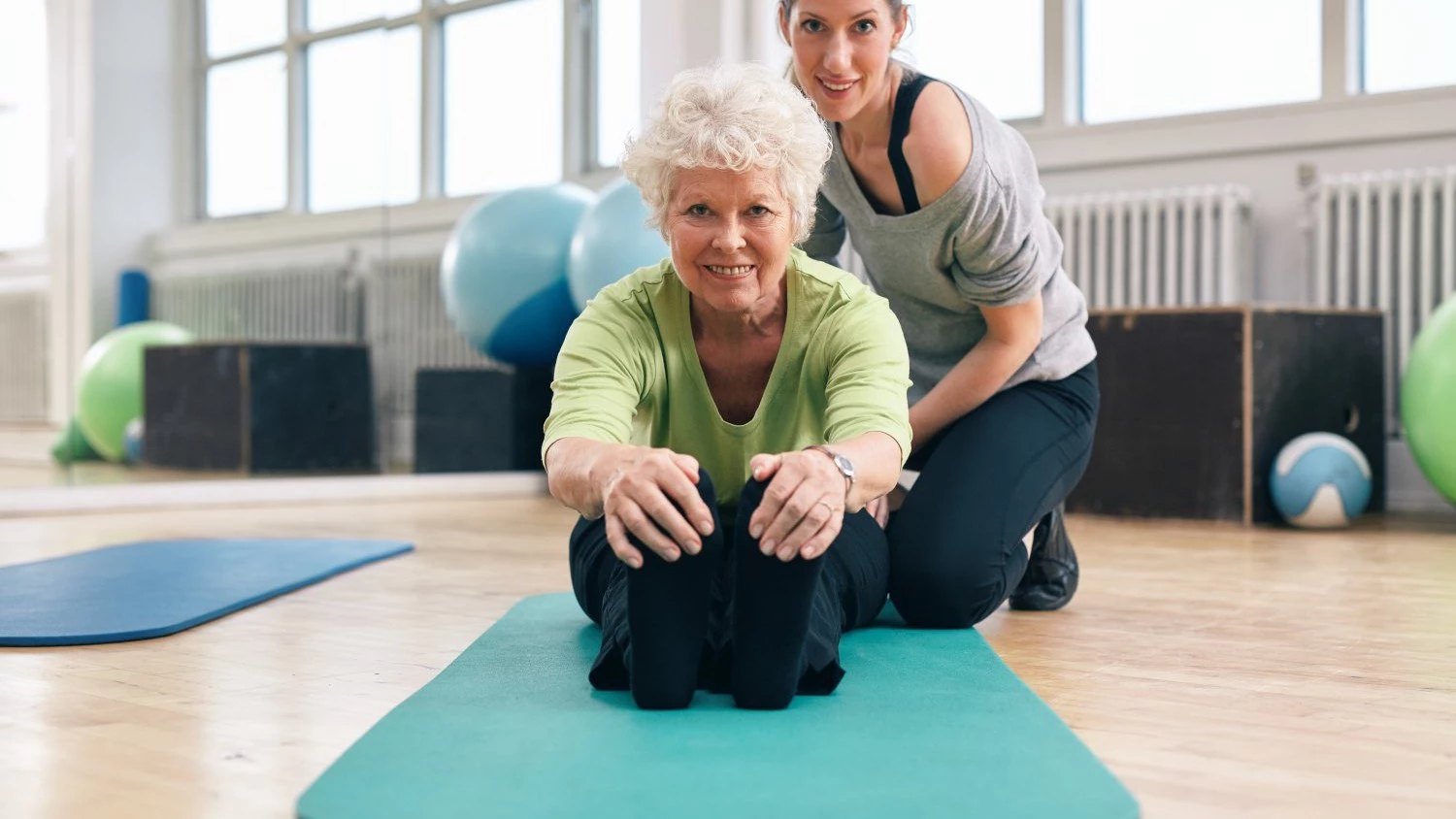Why Do We Lose Height As We Get Older?

By the time most people reach middle age, they will have lost about .5 to 1 inch in of height, in some cases, even more. By the time a person reaches their 70’s, they may lose as much as 2 to 3 inches of height.
While this may seem like an irrelevant fact, height loss actually has some pretty serious implications for your health as you get older. Studies show that excessive height loss of more than 2 inches puts you at higher risk for fractures. Indeed, one study found that older women with more than 2 inches of height loss had a nearly 50 percent increased risk of hip fracture, and this was irrespective of whether they had osteoporosis or not. This effect was also independent of vertebral fractures, meaning that the height loss was not caused because of osteoporotic fractures of the spine.
But it doesn’t stop there. Numerous studies have shown that those elderly who lose the most height, also are more likely to die earlier.
“In addition to increased age, low bone density, and history of vertebral fracture,” notes Teresa Hillier and other study authors in the above study, “[people with] height loss of over 5 cm . . . . may be at particularly high risk for future fracture, and even earlier mortality.”
Height Loss Is Linked to Poor Posture and Other Factors
Why do we lose height as we get older? There are many factors at play, and the exact reasons may vary slightly from person to person. However, for most people, there are two major processes at play:
Degenerative Disc Disease
As we get older, the soft tissues of the body tends to lose their ability to retain moisture. This applies not just to the muscles and connective tissues, but also the discs found between the vertebrae, which provide the protective padding between each vertebra of the spine.
Healthy discs are plump and moist, and this enables them to provide the necessary shock absorption for your spine and also to keep the spine flexible. However, the intervertebral discs have a tendency to dry out as people grow older. When the discs lose moisture, they become less supple and less effective at performing their function, losing much of the cushioning effect they used to provide when a person was much younger. What’s worse, dried out discs lose their original shape, becoming thinner. This makes the spine prone to further degenerative changes, which may lead to chronic back pain later on in life.
The outward sign of these degenerative changes in the discs is loss of height. Think about it. There are 24 vertebrae in the spine, each of which are separated by the protective padding of the disc. If the discs lose just 1/16” of an inch, that adds up to about 1.5 inch in height loss.
Poor Posture and Hyperkyphosis
The second process that brings about the loss of height is the age-related weakening of posture. This can begin as early as the age of 25. As people age, soft tissue becomes weak and there is also a decrease in muscle mass in the absence of regular physical activity. As the core muscles lose their strength, the body begins to succumb to the pull of gravity and a person can no longer support proper posture. The signs you can see from people who suffer from this type of weakening are a persistent forward head slump and rounded shoulders.
Like degenerative disc disease, this process ultimately can lead to more serious health issues. Rounded shoulders and a forward head slump could progress to hyperkyphosis or a fully hunched back—the dreaded dowager’s hump. Not only is this unpleasant to look at, making one look older than they really are, this in turn can progress to even more serious back related problems that can then lead to even greater health risks in the future.
The good news is that poor posture and hyperkyphosis can be prevented and even reversed. Developing the habit of maintaining good posture during your daily activities is one obvious first step. Another would be doing exercises such as yoga that specifically target the development of core strength. The key is in taking these measures as soon as possible.
Most people hope to drop down a size or two. Make sure that you lose those inches around your midsection instead of from height.
While little research has been done on how to improve height, at least one study indicates that yoga may help slow or reverse height loss in older people with hyperkyphosis or dowager’s hump. The study found that study participants perfoming a yoga practice to improve posture improved on two measurements of hyperkyphosis, and also had a small increase in height of about 0.3 cm.



